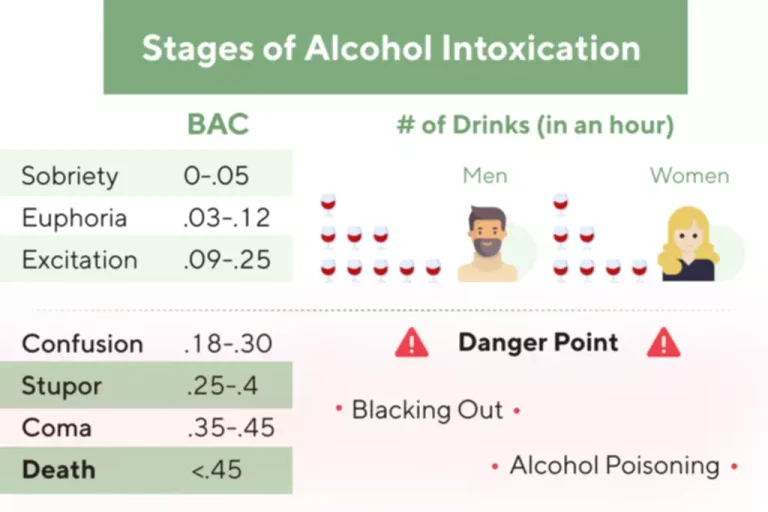
One such successful study performed exon-focused sequencing of impulsive individuals derived from a Finnish population isolate and identified a stop codon in HTR2B (1% frequency) that was unique to Finns. The stop codon carriers performed violently impulsive acts, but only whilst intoxicated with alcohol 85. The strongest and most consistent findings for GWAS for AUD are for alcohol metabolizing genes, as in a recent study in an East Asian (Korean) sample of alcoholics in which ALDH2 and ADH1B showed up as GWAS signals with genome-wide significance 68. Subsequent analysis showed that AUTS2 was implicated in alcohol consumption in mice and alcohol sensitivity in drosophila 69. This gene plays a role in neurodevelopment, at least in zebrafish and mice 70. Our results indicate that panels of SNPs in top genes identified and prioritized by CFG analysis and by a behaviorally relevant animal model can differentiate between alcoholics and controls at a population level (Figure 3), although at an individual level the margin may be small (Supplementary Figure S2).
Links to NCBI Databases
Once that is done, biological pathway analyses can be conducted and mechanistic models can be constructed. In this Article, to improve our understanding of the biology of PAU in multiple populations, we conducted substantially larger ancestry-specific GWAS of PAU followed by a cross-ancestry meta-analysis in 1,079,947 individuals from multiple cohorts. We identified 85 independent risk variants in participants of EUR ancestry and 110 in the within-ancestry and cross-ancestry meta-analyses.
Supplementary Data 33

PECRis located within broad linkage peaks for several alcohol-related traits,including alcoholism66,comorbid alcoholism and depression67, level of response to alcohol68, and amplitude of the P3(00)response69, 70. The more lines of evidence for a gene—that is, the more times a gene shows up as a positive finding across independent studies, platforms, methodologies and species—the higher its external CFG score (Figure 1). This is similar conceptually to the Google PageRank algorithm, in which the more links to a page, the higher it comes up on the search prioritization list. It has not escaped our attention that other ways of weighing the lines of evidence may give slightly different results in terms of prioritization, if not in terms of the list of genes per se. Nevertheless, we think this simple scoring system provides a good separation of genes, with specificity provided by human data and sensitivity provided by animal model data. Until we get there, research will continue focusing on identifying genetic variants and possible mechanisms behind risk.
Assignment of SNPs to genes

In AAs, ADH1B remained significant for AUD when accounting for AUDIT-C, but TSPAN5 did not. We differentiated https://ecosoberhouse.com/ participants genetically into five populations (see Methods, Supplementary Fig. 1) and removed outliers. There was a high degree of concordance (Supplementary Fig. 2) between the genetically defined populations and the self-reported groups for European Americans (EAs, 95.6% were self-reported Non-Hispanic white) and African Americans (AAs, 94.5% were self-reported Non-Hispanic black). H.Z., R.L.K., J.D.D., H.X., S.T., K.Y., P.A.L., L.F., L.W., A.S.H., J.J., H.L., T.T.M., J.X., K.J.A.J., E.C.J. and T.T.N. performed the analyses.

Is There An Alcohol Addiction Gene?

It is now generally accepted that genetic risk alcoholism genes for alcoholism is likely to be due to common variants in numerous genes, each of small effect, however rare variants with large effects might also play a role. After years of family-based linkage studies and case-control candidate gene studies, attention has shifted to large scale genome-wide association studies (GWAS) for the detection of novel common variants (≥ 1%). Exome and whole genome sequencing studies for the detection of rare variants are beginning to emerge. However, it should be borne in mind that no matter how sophisticated genetic techniques might become, further advances in detecting genotype – phenotype associations are hampered by the fact that alcoholism is a heterogeneous phenotype. One way around this has been the use of intermediate phenotypes, including electrophysiological and imaging, that reflect mediating factors in behavior and are likely to be influenced by variation at fewer genes.
- We report here the largest multi-ancestry GWAS for PAU so far, comprising over 1 million individuals and including 165,952 AUD/AD cases.
- Not only can this strategy empower human association analysis by reducing the prohibitive multiple testing correction of a GWAS, but it provides also functional contexts to the candidate genes as they form part of defined networks.
- The single-nucleotide polymorphism (SNP) heritability of alcohol dependence in a family-based, European-American (EA) sample was 16%10 and 22% in an unrelated African-American (AA) sample11.
- New genetic variants have been identified, refined endophenotypes have been characterized, and functional information has begun to emerge on known genetic variants that influence risk for and protection from AUD.
Animal models
- Rather, in AUD, only about fifty percent of the risk appears to be attributed to our genes.
- The GWAS study (cohort 1) on which our discovery was based contained males as probands but contained males and females as controls.
- C, Comparison for the highest PIPs from cross-ancestry and EUR-only fine mapping in the 92 regions.
- Genes that affect AUD risk are involved in various biological processes and mental states and traits, including physiological responses to alcohol and stress, alcohol metabolism, addiction-related neurobiology, and behavioral tendencies such as impulsivity.
- Another activity during REM sleep is the increase of the feel-good chemical dopamine, which could lead to a dream that feels surreal or like you are intoxicated.
- “A simple mouth swab is all we need to find out whether you have inherited DNA changes that affect your ability to metabolize alcohol and may increase your risk of serious health complications,” Genex Diagnostics, a Seattle-based company that specializes in DNA testing, stated on its website.
Binge drinkingis generally defined as a man consuming 5 standard drinks within 2 hours; women are typically smaller and have a lower percentage of body water, so 4 standarddrinks can reach similar alcohol levels. A standard drink is defined in the US as 12ounces of beer, 5 ounces of wine or 1.5 ounces of spirits, all of which Alcoholics Anonymous approximate14 g of pure ethanol). The strong effects of binge drinking suggest that merelycalculating an average number of drinks per week is likely to obscure many effectsof alcohol, since it treats 2 standard drinks per day (14 per week) the same as 7drinks on each of two days per week.
 Skip to content
Skip to content

